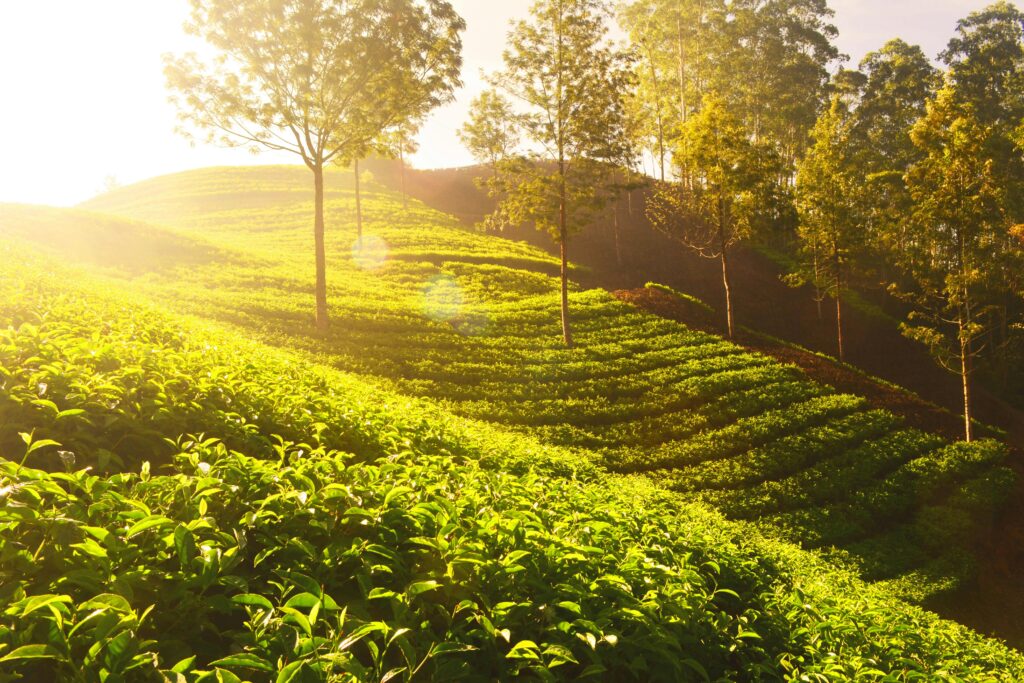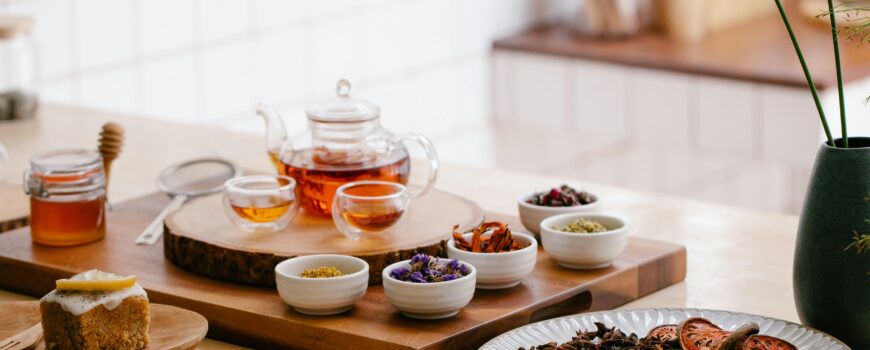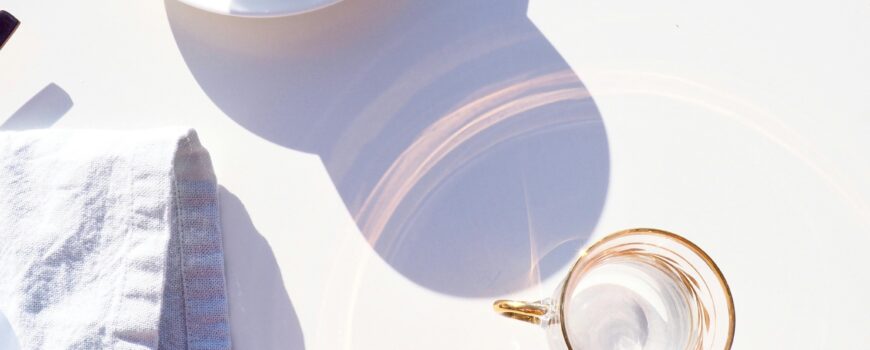Are you passionate about tea and interested in turning that passion into a thriving business? A tea business workshop in Delhi can provide you with the essential knowledge, skills, and networking opportunities needed to succeed in this industry. This guide covers everything you need to know about attending or organizing a tea business workshop in Delhi.
Objectives of a Tea Business Workshop
- Understanding the Tea Market: Gain insights into the current trends, consumer preferences, and market dynamics of the tea industry.
- Tea Tasting and Quality Assessment: Learn the art of tea tasting and how to evaluate the quality of different teas.
- Sourcing and Supply Chain: Understand the process of sourcing tea, dealing with suppliers, and managing the supply chain.
- Branding and Marketing: Develop strategies for branding, marketing, and promoting your tea business.
- Financial Planning: Learn about budgeting, pricing, and financial management specific to a tea business.
- Legal and Regulatory Requirements: Get familiar with the legal and regulatory requirements for starting and running a tea business in India.
Key Components of a Tea Business Workshop
- Expert Speakers and Trainers:
- Industry Experts: Sessions led by experienced professionals in the tea industry.
- Successful Entrepreneurs: Insights from successful tea business owners.
- Interactive Sessions and Discussions:
- Panel Discussions: Topics covering various aspects of the tea business.
- Q&A Sessions: Opportunities to ask questions and get personalized advice.
- Practical Workshops:
- Tea Tasting: Hands-on sessions for tasting and evaluating different types of tea.
- Branding Exercises: Activities to develop your brand identity and marketing strategies.
- Networking Opportunities:
- Networking Breaks: Meet and connect with fellow entrepreneurs, suppliers, and industry professionals.
- Business Pitch Sessions: Present your business idea and get feedback from experts.
- Resource Materials:
- Handouts and Guides: Comprehensive materials covering key topics discussed in the workshop.
- Templates and Tools: Practical tools for business planning and management.
Finding a Tea Business Workshop in Delhi
- Industry Associations and Organizations:
- Tea Boards and Associations: Check with the Tea Board of India and other tea associations for upcoming workshops.
- Chambers of Commerce: Local chambers often organize business development workshops.
- Educational Institutions and Training Centers:
- Business Schools: Universities and business schools may offer specialized workshops or courses on tea business.
- Professional Training Centers: Look for training centers that specialize in entrepreneurship and small business training.
- Online Platforms:
- Event Websites: Websites like Eventbrite, Meetup, and Townscript often list upcoming workshops and business events.
- Social Media: Follow industry influencers and organizations on social media for announcements of upcoming workshops.
- Tea Companies and Retailers:
- Tea Brands: Some tea companies and retailers may organize or sponsor workshops as part of their outreach and community engagement efforts.
Organizing a Tea Business Workshop in Delhi
If you are looking to organize a tea business workshop, here are some steps to ensure its success:
- Define Objectives and Audience:
- Purpose: Clearly outline the goals of the workshop.
- Target Audience: Identify who the workshop is aimed at, such as aspiring entrepreneurs, existing business owners, or tea enthusiasts.
- Plan the Agenda:
- Topics: Cover all essential aspects of starting and running a tea business.
- Speakers: Invite knowledgeable and engaging speakers from the industry.
- Choose a Venue:
- Location: Select a convenient and accessible location in Delhi.
- Facilities: Ensure the venue has the necessary facilities for presentations, practical sessions, and networking.
- Marketing and Promotion:
- Online Marketing: Use social media, email marketing, and online event platforms to promote the workshop.
- Offline Marketing: Distribute flyers, posters, and collaborate with local businesses for promotion.
- Registration and Fees:
- Registration Process: Set up an easy and efficient registration process.
- Fees: Determine the workshop fees based on costs and target audience.
- Logistics and Support:
- Materials: Prepare all necessary materials and handouts for participants.
- Support Staff: Arrange for support staff to assist with logistics and participant needs during the workshop.
Conclusion
Attending or organizing a tea business workshop in Delhi can provide valuable insights and practical knowledge for anyone interested in the tea industry. These workshops offer a platform to learn from experts, network with industry professionals, and gain the skills needed to start or grow a successful tea business. Whether you are a budding entrepreneur or an established business owner, investing time in such workshops can significantly benefit your tea venture.
Zircon Tea Company
Contact No is +91-9499347308
Email is info@zirconshop.in
Our You Tube Channel Is Zircon Tea Company





